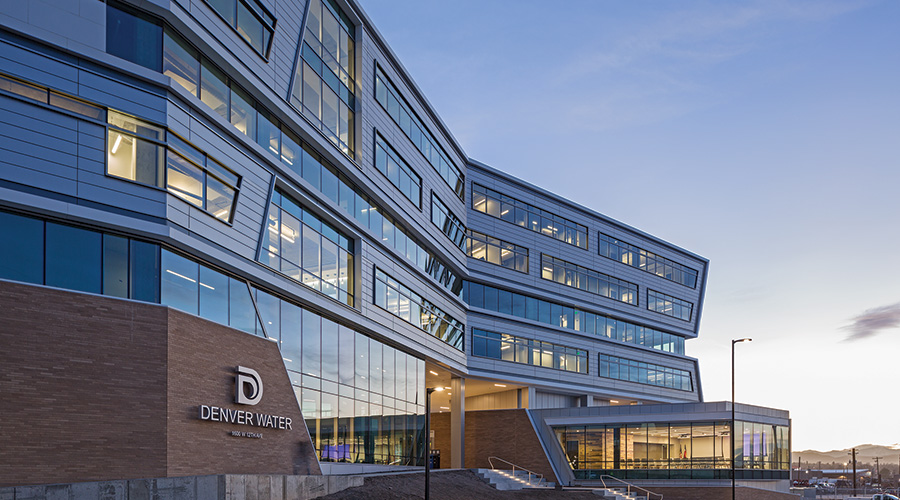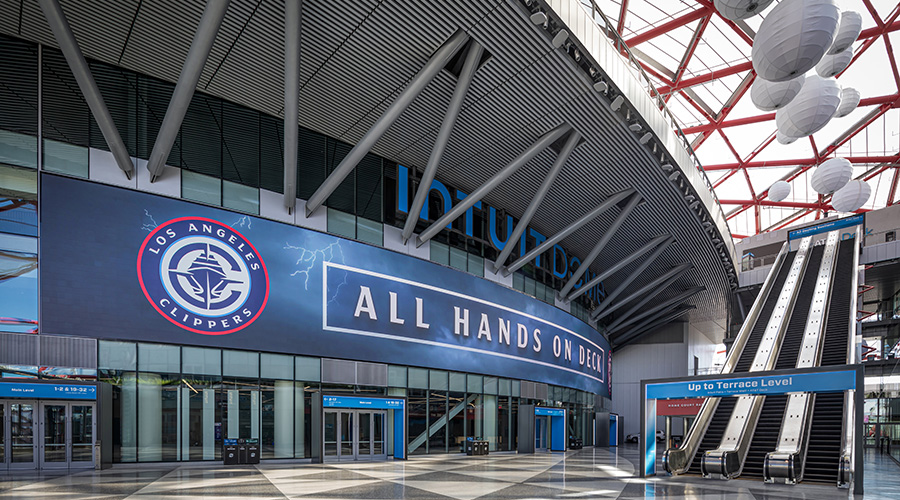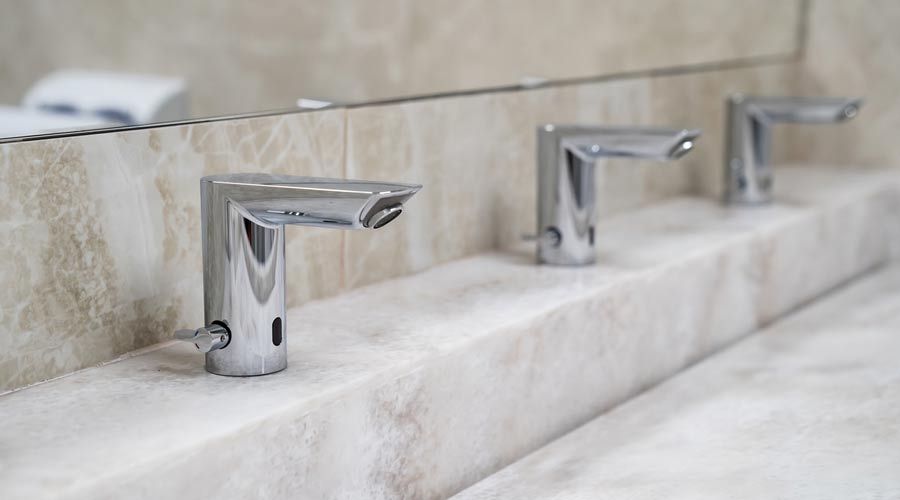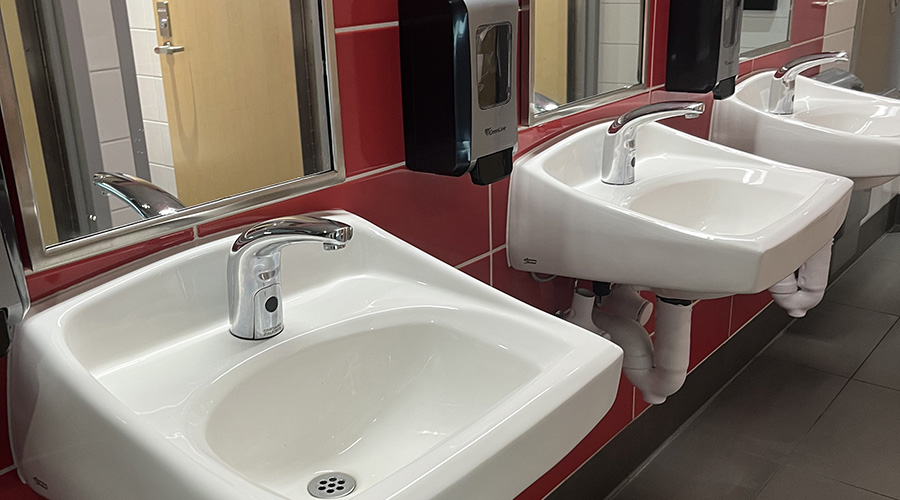Successful Plumbing Retrofits Rely on Understanding Technology Options
In most institutional and commercial facilities, the efforts to save water never end. Driven by rising water and sewage costs and pressure to operate facilities more sustainably, maintenance and engineering managers are leaving no stone unturned.
The real challenge for managers is financial — maximizing their departments' resources and activities, from streamlining the inspection and repair of plumbing and restroom fixtures to specifying flush valves, faucets and showerheads as part of plumbing system retrofits. By focusing on proven plumbing technology and by understanding the features and benefits of new-generation plumbing fixtures, managers stand a better chance of ensuring they use their departments' resources wisely.
Taking Control
Doing nothing to curtail water use in facilities automatically increases an organization's costs, putting further pressure on already strained budgets. Before managers can effectively specify plumbing products to deliver cost savings through water conservation, they need to better understand their facilities' water use.
Managers have several options to control the use of water, including upgrading outdated fixtures, stopping leaks, curtailing the use of potable water for irrigation, performing deferred maintenance, and promoting proper conservation with signage at the point of use. Each of these improvements comes with a one-time cost, but institutionalizes the benefits so savings repeat year after year.
One often-overlooked but effective tactic to conserve water is to immediately repair faucet and toilet valve leaks, as well as leaks in fittings and piping in the water-distribution system. These are the areas in which preventive maintenance inspections pay off.
To measure the loss resulting from a leak and get top management's backing to upgrade fixtures, place a 1-gallon container under the leak, and measure the time it takes to fill. There are 8,760 hours in a year, so if it takes one hour to fill the container, then the leak wastes 8,760 gallons a year. Multiply this number by the cost per gallon rate to calculate the cost of the leak to the organization.
One important step in any water-conservation program is to measure use. Managers need to know not just the total use but also the way it is distributed among various areas.
Submetering offers a number of distinct advantages in measuring use. The important features of new submetering systems include: wireless incline meters; battery operation with 4,000-hour battery life; the ability to handle 1- and 2-inch pipe sizes with capacity of up to 300 gallons per minute (gpm); digital instantaneous flow rate and resettable total flow; auto-sleep when the flow of water stops and auto-on when the flow resumes; and ease of installation and maintenance. Also, for larger piping networks, managers can specify wired, interconnected meters that technicians can monitor from a central site in a multi-building or campus-type complex.
Among the applications for submetering are total building or area flow, individual fixture flow, and the detection and measurement of leakage cost.
Related Topics:













